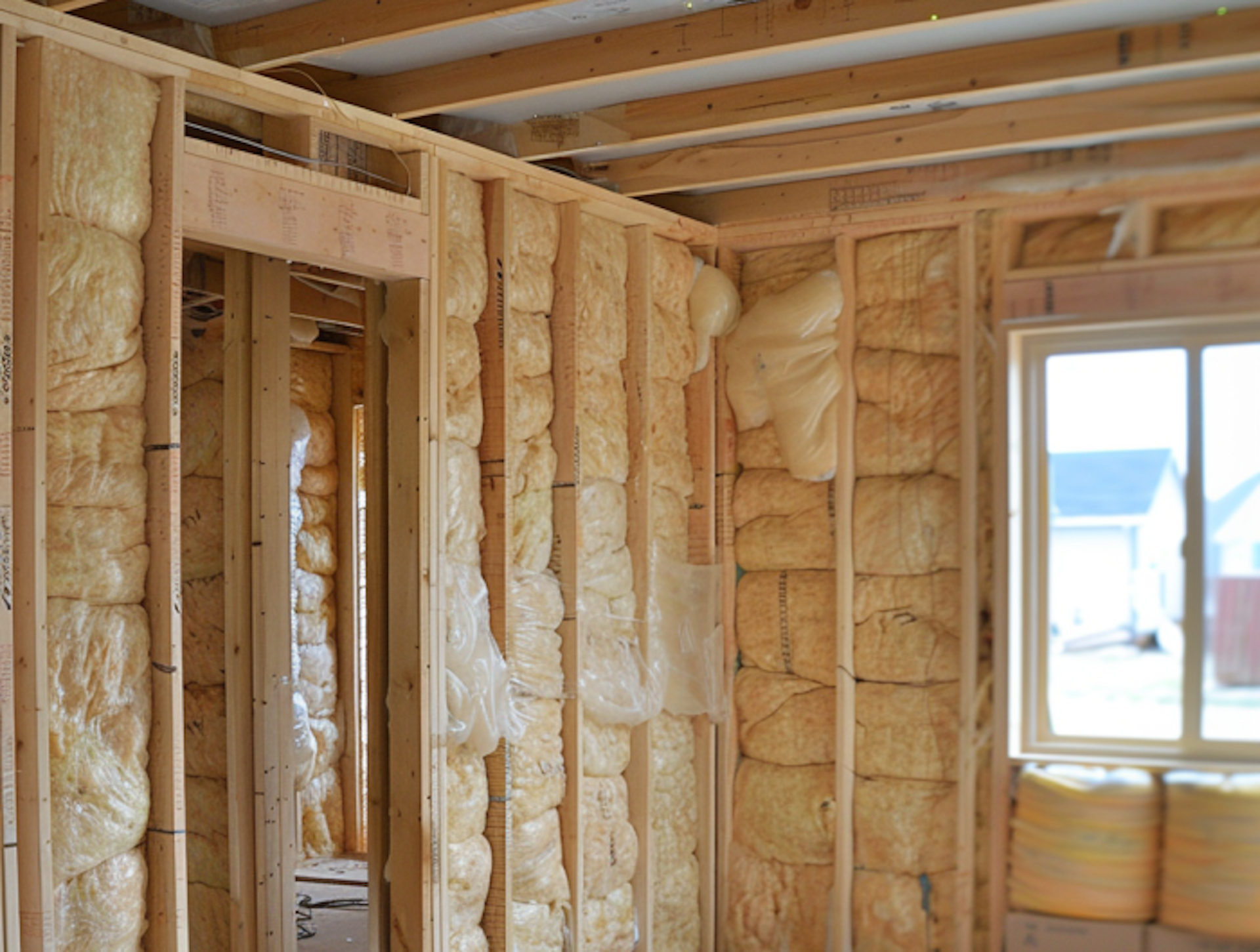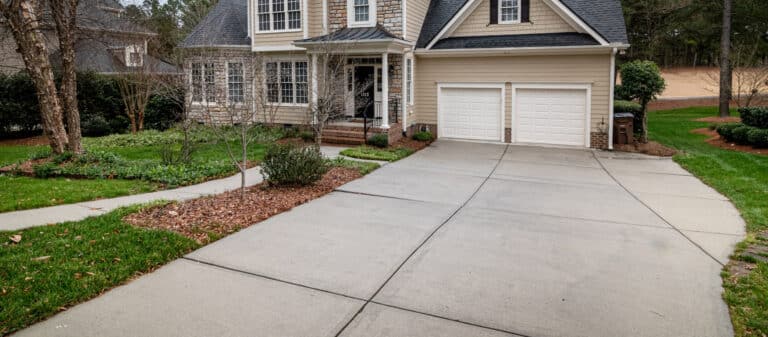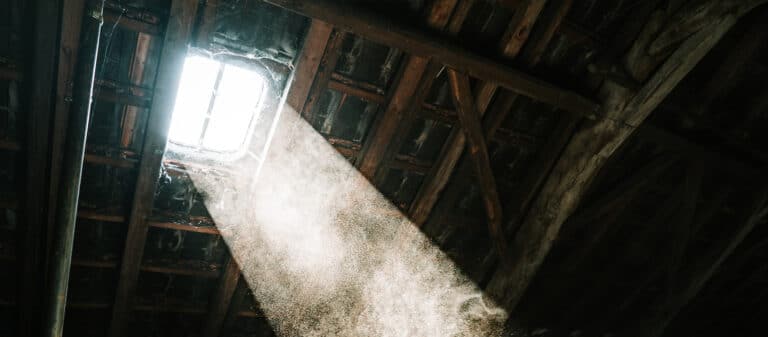Many homeowners who purchase new homes are often surprised to learn that their interior walls do not come with insulation and that they have to fund this project themselves.
But is it worth it?
Depending on your budget and living situation, interior insulation can afford many benefits, from adding a sound barrier between adjoining rooms to reducing the risk of mold from moisture.
During the frigid winter months in Northeast PA, any added insulation inside your walls and attic will increase your savings and comfort.
We will talk about the benefits of interior wall insulation in more detail, as well as materials and tips to maximize the effectiveness of your insulation purchase.


5 Benefits of Insulating Your Interior Walls
You may consider interior wall insulation a luxury or unnecessary purchase. While insulating other areas of your home is more important, you can still benefit from insulating your interior walls in several ways.1. Improved Energy Efficiency
While exterior wall insulation acts as a thermal barrier against the elements, no amount of insulation will completely block out unwanted air. Interior wall insulation acts as a secondary defense against unwanted air, preventing heat loss from within and reducing the strain on your HVAC system. Furthermore, regulating temperatures between rooms can be very difficult if you have a larger home with uninsulated walls. Even with significant insulation inside your walls and attics, you still may notice drafts and uneven temperature balance in certain interior rooms, requiring greater strain on your HVAC system. Interior wall insulation resolves these issues, providing climate control to all interior rooms for greater comfort. Finally, if building codes prevent you from installing exterior insulation, interior wall insulation can still provide thermal resistance–albeit at less efficiency, but for only half the cost.2. Increased Sound Barrier
Insulation is a great sound dampener, especially for high-frequency noises. If you work from home, have noisy kids, or just want to watch TV while your spouse sleeps, adding interior wall insulation can help soundproof your home.3. Moisture Control
One common cause of wall rot and mold exposure is steam buildup from showers or baths, which collide with adjoining rooms and condensates inside the walls. Interior wall insulation prevents this by acting as a barrier against steam and moisture. Even if you have a leaking faucet or pipe inside your walls, your interior wall insulation can act as a barrier to moisture and mold buildup until you have time to get rid of any standing water.4. Fire Control
Most types of interior wall insulation, including cellulose and some brands of spray foam, are treated with fire retardant chemicals, which help prevent the spread of fire. This defense alone can help reduce property damage and potentially save lives in the unfortunate event of a fire.5. Tax Credits
Need a financial incentive to insulate your interior walls? Thanks to federal tax credits, any new insulation project qualifies for an annual tax credit of up to $1,200. These tax credits are great for lowering your annual income tax bill and can be redeemed every year up to 2032.
Best Insulation for Interior Walls
Reaping the rewards of your new insulation will depend largely on the types of materials you use to insulate your walls. The most popular types of interior wall insulation–sorted by efficiency–include:- Spray Foam Insulation: Spray foam insulation provides superior thermal performance and air-sealing capabilities. It expands to fill gaps and voids, creating a seamless barrier against heat loss and air infiltration. However, professional installation is recommended for optimal results.
- Cellulose Insulation: Cellulose insulation, made from recycled paper fibers treated with fire retardants, is a sustainable option known for its thermal and sound insulation properties. It can be blown into wall cavities to create a dense and effective barrier, offering thermal resistance on par and sometimes greater than fiberglass batts.
- Fiberglass Batt Insulation: Fiberglass batts are a cost-effective option known for their thermal insulation properties. They are available in various thicknesses and can be installed DIY–though this will require removing the drywall to access the cavity.
3 Tips to Improve Interior Wall Insulation Efficiency
After selecting the proper insulation materials, we recommend you follow these four tips to improve the overall efficiency of your project.1. Hire a Professional
Based on the complexity of interior wall insulation projects, we recommend hiring a professional–especially for walls with standing drywall already erected. All blown-in materials, such as spray foam or cellulose, require a special machine, which a professional should operate. While you can rent your own machine, the cost savings are negligible when compared to working with a contractor.2. Use High-Quality Materials
The amount of money you’ll save over time and your overall comfort level will depend on the R-value of the materials you select. The R-value tells you how effective insulation is at resisting heat; therefore, the higher the R-value, the more effective the material. Spray foam offers the highest r-value and typically the best bang for your buck.3. Ensure Proper Ventilation
Finally, ventilating your insulation is very important in preventing unnecessary moisture buildup, which leads to mold. Yes, improper insulation installation can lead to more moisture, not less. Therefore, we again recommend working with a qualified contractor who will install your insulation materials properly.Is Interior Wall Insulation Worth It?
Yes, by all accounts, interior wall insulation is worth it. From a financial perspective, interior wall insulation projects cost less than exterior wall or attic insulation. Plus, tax credits are available to offset the cost of your purchase. Then, from an overall comfort perspective, interior wall insulation can help regulate indoor temperatures, reduce noise transfer between walls, act as a fire retardant, and control moisture buildup. Of course, accessing these benefits requires using high-quality materials and proper installation. For help on your next interior wall insulation project in Northeast PA, reach out to the professionals at EnergySmart. We can offer a free quote and timeline to get your project started and your walls insulated before the hot or cold seasons.










